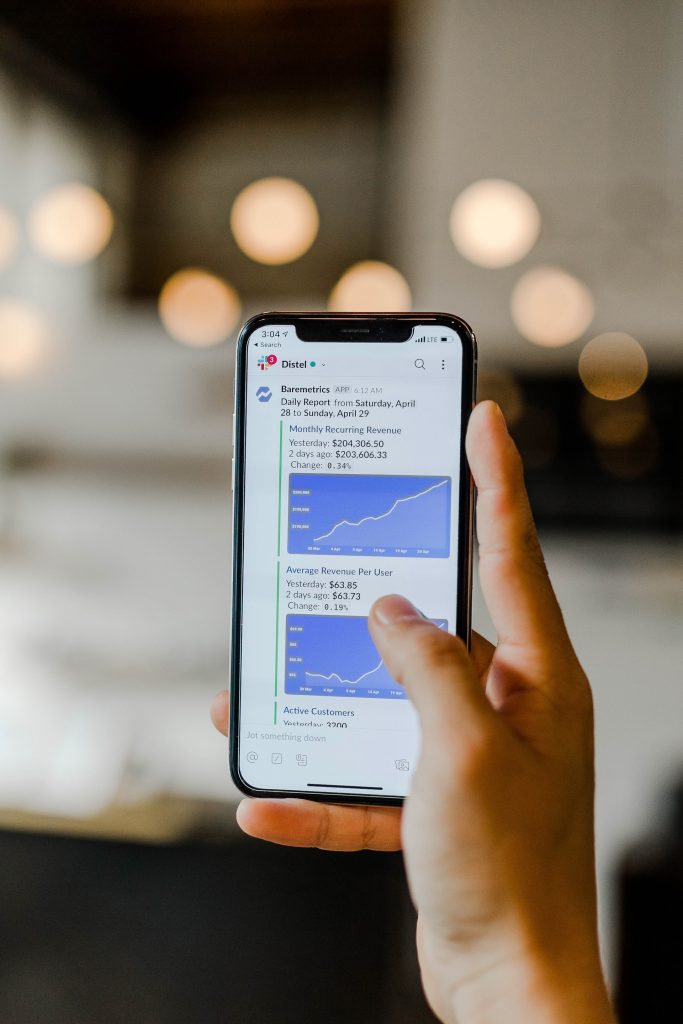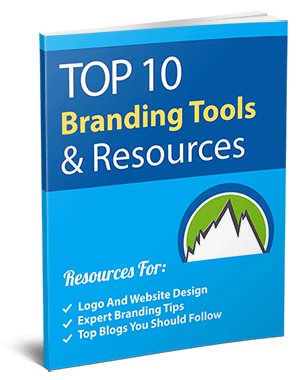Top Strategies for Growing Your Retail Business’s Brand in 2021
Many retailers understandably want to turn the page on the tough year that was 2020 and look forward to a 2021 full of growth and other successes. Having actionable strategies for meeting those goals will help put them in reach. Here are some reliable ways to grow your retail brand this year.
Train Your Staff
Your employees are extensions of your brand. If customers walk into your store, engage with workers and typically get bored, misinformed or uncertain replies, they won’t likely have positive impressions of your overall brand.
Explore ways to invest in training so your employees collectively provide excellent experiences. For example, you might require workers to engage with all visitors to a physical store within two minutes of their arrival. That approach ensures people don’t feel unseen or make incorrect assumptions about products or services.
Ensure workers never say, “Sorry, I’m not sure,” and go back to their tasks when customers ask for information they don’t have. Instead, they could be proactive and say, “Sorry, I’m not sure, but let me get a colleague who can answer that for you.” Additionally, teach employees to engage in gentle upselling efforts or suggest alternatives when the products people want are out of stock. Doing that should raise your overall sales.
Offer Branded Items
Anyone who’s been to the Big Apple has almost certainly seen shoppers carrying Bloomingdale’s brown shopping bags — the containers are instantly noticeable with their thin, rounded letters. Each one has the size printed on the front, such as “Big Brown Bag,” with the store name on the side. The simple design is so iconic that the department store sells reusable vinyl zippered totes featuring it.
This example proves that branded items keep companies in customers’ minds. They’re also appropriate for organizations that are much smaller than Bloomingdale’s, too. You can give the items out as freebies if your retail brand has a community event presence. Alternatively, keep the goodies near the cash register and give one to each person who buys something.
Consider which items people will most likely use and enjoy. For example, pens and notepads are handy things recipients will need often. Also, products such as keychains and magnets are practical items that keep your company’s name in frequent view.
Provide Accurate Stock Information If Possible
Most people can’t help but feel disappointed if they arrive at stores and find the products they want are not available. Investigate whether your inventory management system could enable launching a feature that lets people instantly check stock levels on a website or app before arriving at a store.
When shoppers want items you don’t have, give them immediate options. For example, you might give them real-time updates about shipments on the way. Alternatively, if you operate more than one store in a consumer’s area, let them check stock at a different location. You can also give employees easy ways to special-order the products customers request. Then, shoppers will realize workers are doing everything they can to assist.
Maintaining reliable on-shelf availability (OSA) poses challenges for many retailers. If it’s a persistent problem for you, get to the bottom of what’s happening and fix it. For example, does the issue occur because you wait too long to place orders that replenish the shelves? Perhaps stock levels are too low because of incorrect forecasting that failed to anticipate demand.
Help Consumers Save Time
Price is not necessarily the top priority when people choose where to shop. A recent survey found 53% of people intend to shop in ways that save time, even if they don’t provide the lowest prices. Another finding that supports the time-saving trend was that 56% of people would keep shopping in convenient, easy stores.
You can strengthen and grow your retail brand this year by highlighting how your store facilitates efficiency. Maybe that means letting people reserve products online and pick them up at the retail outlet. That’s an appealing option for individuals who know what they want and don’t need to browse. If people learn your retail brand lets them make the most of their precious time, they’ll want to keep supporting it.
Helping people save time could also mean changing how and where you stock items. During the COVID-19 pandemic, some grocery retailers created dedicated aisles of the products people wanted most — from soap and hand sanitizer to shelf-stable foods. That was a smart and effective strategy that let frazzled shoppers go to one place and find many of the items on their lists.
Cater to Shoppers’ Omnichannel Preferences
Despite the ongoing rise of e-commerce, many people still buy what they need in physical stores. Retail analysts point out that the lines between physical and online retail are increasingly blurred. This transition has led to a rise in omnichannel marketing, whereby people expect to shop on numerous channels and get an integrated, smooth experience each time.
For example, even when consumers visit physical stores, they often use their phones while inside, relying on those devices to steer their purchasing decisions. Other shoppers let specific product needs influence whether they shop in a store or online. Someone might prefer to buy a new pair of jeans in a store but go to the same retailer’s website within a month to buy a scarf.
The main takeaway is to avoid focusing too much on a single retail channel. People often switch between several, and they appreciate high-quality, customer-centric experiences regardless of which ones they choose. Providing those for them will grow your brand and give people more opportunities to interact with it.
Consider Investing in Augmented Reality
Experts remain unsure to what extent COVID-19 will continue affecting retail in 2021. That’s why it makes good business sense to evaluate how you can help people feel safe, no matter what the future holds. One way to do that is with augmented reality (AR) tools that help people shop for things with safer processes.
For example, Ulta Beauty’s GLAMlab allows people to virtually try different hair colors, brow shapes and makeup as they shop in the stores. The brand does not offer tester products during the pandemic. However, the technology provides a safe substitute and drives sales by removing the uncertainty of buying beauty products blindly.
Laura Kohl, the company’s senior vice president of applications, data and integrations, explained, “What’s fun about going into an Ulta store is actually trying on some things or smelling the products or feeling the product, that just can’t happen right now. So at least with this virtual try-on, it quickly shifted into that … It complements the store experience.” Also, AR is increasingly accessible to small businesses. Shopify has an AR tool specifically geared toward smaller companies.
Succeed With Brand Building in 2021
Building your brand should be a methodical process. Following the tips here and abiding by other best practices does not bring overnight results, but you should see gradual improvements. If possible, use metrics to track how well different approaches work after using them for at least a few months. Then, it’ll be easier to justify investing more time and money into those approaches for the future.
Author:
Eleanor Hecks is editor-in-chief at Designerly Magazine. She was the creative director at a digital marketing agency before becoming a full-time freelance designer. Eleanor lives in Philly with her husband and pup, Bear.






















